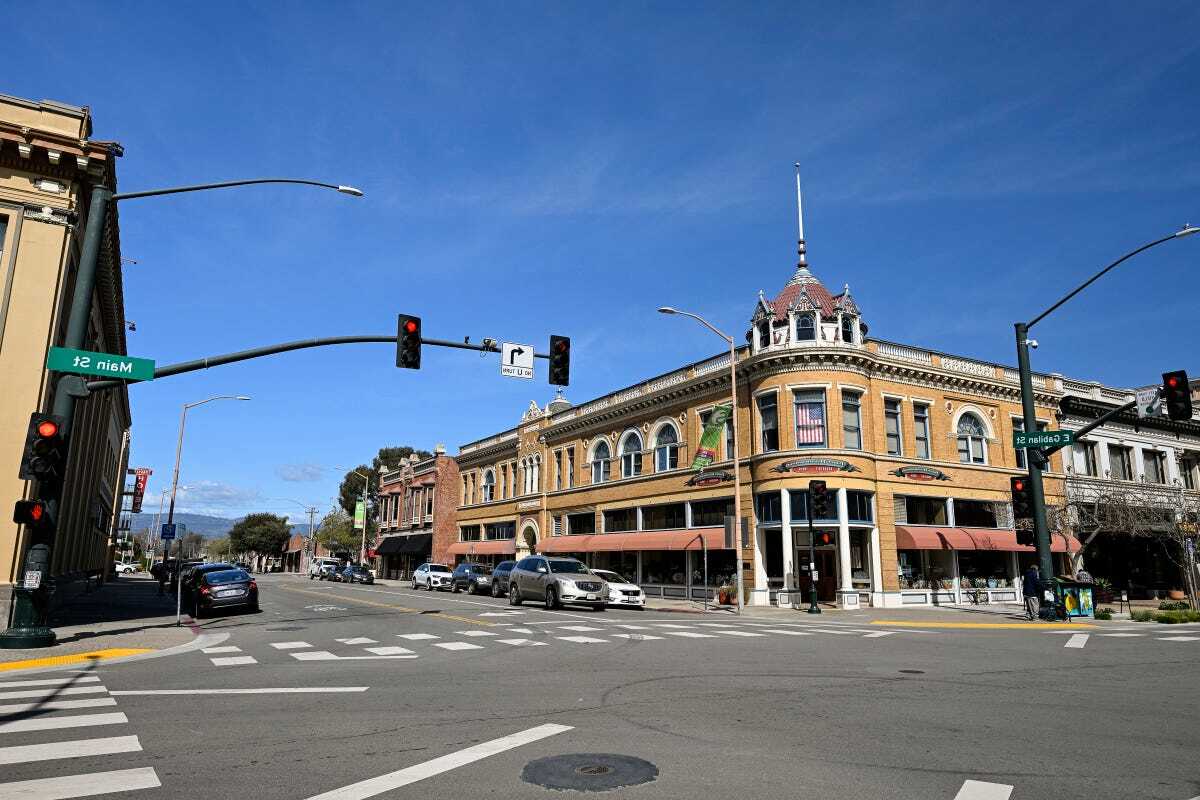
Salinas, California is a city full of rich history, vibrant culture, and unique attractions. Known as the "Salad Bowl of the World," this city plays a crucial role in agriculture, producing a significant portion of the nation's lettuce, strawberries, and other crops. John Steinbeck, the famous author, was born here, and his legacy lives on through various landmarks and museums. The climate is mild, making it a pleasant place to visit year-round. Whether you're interested in exploring historic sites, enjoying local cuisine, or learning about agricultural innovations, Salinas offers something for everyone. Ready to dive into 30 fascinating facts about this dynamic city? Let's get started!
Key Takeaways:
- Salinas, California, is a vibrant city known as the "Salad Bowl of the World" due to its rich agricultural production, and it's the birthplace of Nobel Prize-winning author John Steinbeck.
- With its stunning natural beauty, rich cultural scene, and educational opportunities, Salinas offers a diverse and exciting environment for residents and visitors alike.
Salinas: A City of Rich History and Culture
Salinas, California, is a city with a fascinating past and vibrant present. Nestled in the heart of the Salinas Valley, this city has much to offer. Let's dive into some intriguing facts about Salinas.
-
Salinas is known as the "Salad Bowl of the World" due to its vast agricultural production, especially lettuce.
-
The city was founded in 1856 and incorporated in 1874.
-
Salinas is the birthplace of Nobel Prize-winning author John Steinbeck.
-
The National Steinbeck Center, located in Salinas, is dedicated to the life and works of John Steinbeck.
-
Salinas hosts the annual California Rodeo Salinas, one of the largest rodeos in the state.
Natural Beauty and Geography
Salinas is surrounded by stunning landscapes and natural beauty. Here are some facts about its geography and environment.
-
The city is located just 12 miles from the Pacific Ocean.
-
Salinas River, one of the longest rivers in California, flows through the city.
-
The climate in Salinas is classified as Mediterranean, with mild, wet winters and dry summers.
-
The nearby Pinnacles National Park offers unique rock formations and hiking trails.
-
Salinas Valley is part of the larger Central Coast region of California.
Economic and Agricultural Significance
Salinas plays a crucial role in California's economy, particularly in agriculture. Let's explore some economic facts.
-
Agriculture is the backbone of Salinas' economy, with crops like lettuce, strawberries, and broccoli being major products.
-
The city is home to many agricultural research institutions, including the USDA Agricultural Research Service.
-
Salinas Valley produces about 80% of the lettuce grown in the United States.
-
The annual Monterey County Fair, held in Salinas, showcases the region's agricultural heritage.
-
Salinas is a major hub for the distribution of fresh produce across the country.
Cultural and Artistic Contributions
Salinas has a rich cultural scene, with contributions to literature, art, and music. Here are some cultural highlights.
-
The First Mayor's House, built in 1868, is now a museum showcasing the city's history.
-
The Steinbeck Festival, held annually, celebrates the works of John Steinbeck with various events and activities.
-
The Salinas Valley Art Gallery features works by local artists.
-
The Western Stage, a renowned theater company, performs at Hartnell College in Salinas.
-
The city has several murals depicting its agricultural heritage and cultural diversity.
Education and Innovation
Salinas is also a center for education and innovation. Let's look at some educational facts.
-
Hartnell College, established in 1920, is one of the oldest community colleges in California.
-
The city is part of the Salinas Union High School District, which serves thousands of students.
-
The Agricultural Business and Technology Institute at Hartnell College offers programs in agricultural sciences and technology.
-
Salinas has several public libraries, including the John Steinbeck Library.
-
The city is home to the Salinas Valley Memorial Healthcare System, a leading medical facility in the region.
Sports and Recreation
Salinas offers numerous opportunities for sports and recreation. Here are some fun facts about its recreational activities.
-
The Salinas Sports Complex hosts various events, including the California Rodeo Salinas.
-
The city has several parks, including Natividad Creek Park and Sherwood Park.
-
The Salinas Municipal Golf Course is a popular destination for golf enthusiasts.
-
The city offers numerous biking and hiking trails, such as the Fort Ord National Monument.
-
Salinas is home to several youth sports leagues, including soccer, baseball, and basketball.
Salinas' Unique Charm
Salinas, California, offers a blend of rich history, agricultural significance, and cultural diversity. Known as the "Salad Bowl of the World," this city plays a crucial role in feeding the nation. Its connection to John Steinbeck adds literary prestige, while the National Steinbeck Center attracts visitors from all over. The California Rodeo Salinas showcases the area's cowboy heritage, and the Monterey Bay nearby provides stunning coastal views. Salinas' mild climate makes it an ideal place for outdoor activities year-round. From its historic downtown to its vibrant arts scene, Salinas has something for everyone. Whether you're a history buff, a nature lover, or a foodie, this city won't disappoint. So next time you're in California, make sure to explore Salinas and experience its unique charm firsthand.
Frequently Asked Questions
Was this page helpful?
Our commitment to delivering trustworthy and engaging content is at the heart of what we do. Each fact on our site is contributed by real users like you, bringing a wealth of diverse insights and information. To ensure the highest standards of accuracy and reliability, our dedicated editors meticulously review each submission. This process guarantees that the facts we share are not only fascinating but also credible. Trust in our commitment to quality and authenticity as you explore and learn with us.


